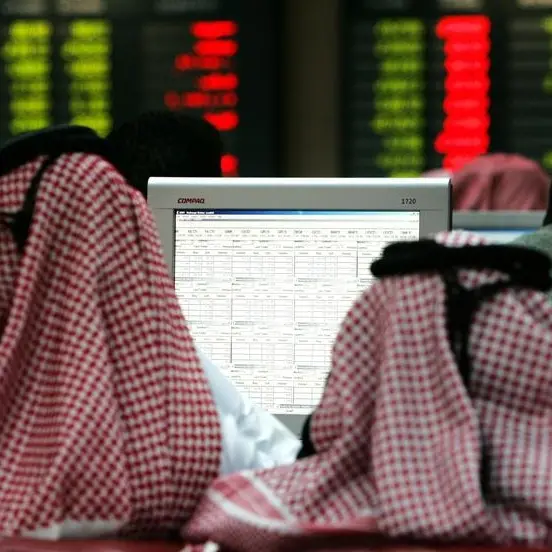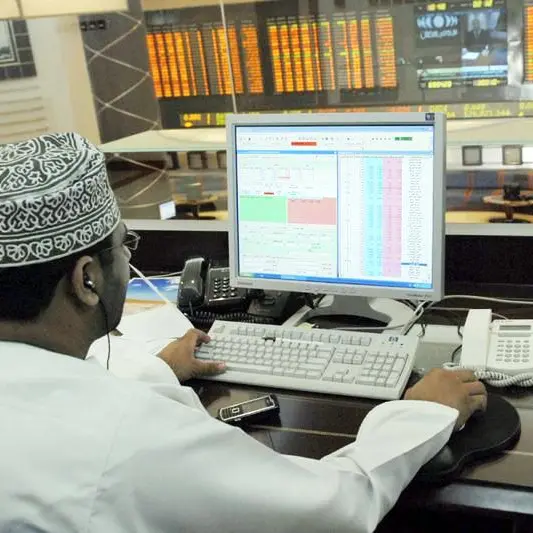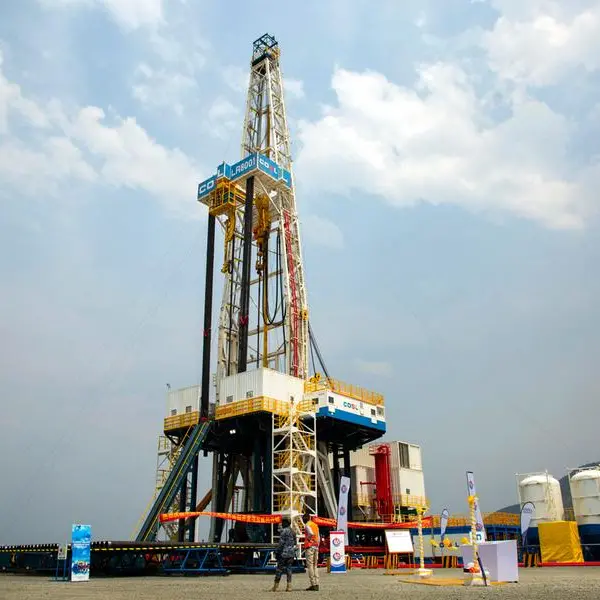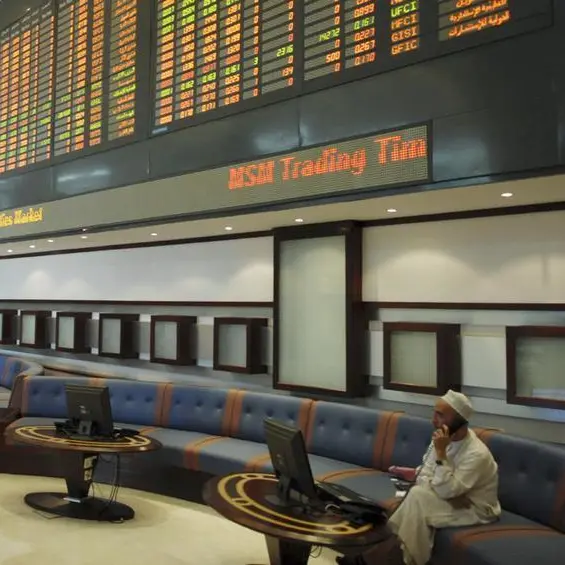Welcome to Zawya Markets. Each Sunday we will be featuring an interview with a different analyst or markets expert from around the region.
If you would like to participate please email gerard.aoun@refinitiv.com.
1) How have emerging markets equities performed since the start of 2019?
Following a challenging 2018, emerging markets have started the new year positively, outperforming the MSCI World Index. Emerging markets have been supported by a more favourable trade outlook, though potential tariffs remain a headwind, a softer United States dollar and a generally more supportive currency environment. EM currencies appear to have hit a bottom in October last year, so we believe there is a case for a weaker U.S. dollar relative to EM currencies this year. Historically, a weaker dollar has been good for emerging markets, but currency support is not the only positive indicator we see for the region this year. Fundamentals remain strong and valuations are compelling both relative to their own history and compared to the developed world.
2) In terms of EM stocks that you have exposure to, are you seeing a trend for the best-performing markets? If so, what is driving it?
A number of small-cap holdings which we felt were oversold last year saw a rebound in Q4 which carried on into the first month of 2019. Small and mid-cap stocks we hold in Turkey, Russia and China are all examples of good companies which we believe were unfairly derated by short term macro factors last year. We have seen a particular rebound from consumer-facing names in Turkey and healthcare stocks in China.
3) How does the performance of MENA equities you are holding (or watching) compare to wider EM performance for similar companies?
Generally speaking, MENA equities have underperformed the wider EM universe in recent years. We own a position in Emaar Malls which has been a poor performer and is now beginning to feel extremely cheap, trading at an implied cap(italisation) rate of more than 12 percent, with a portfolio of world class retail assets. Elsewhere in EMs, we are seeing such businesses trade at closer to 7 percent cap rates. DP World is another company we follow closely which has suffered weak share price performance. The increasingly global port operator is now trading below 9x 2019 EV/EBITDA (enterprise value/earnings before tax, depreciation and amortization), levels not seen since the global financial crisis in 2009.
4) Do you have any strong convictions on MENA stocks at the moment, where might you increase / decrease allocation in the near future?
Emaar Malls remains a high conviction, long term position as a world class mall operator. The business has recovered from a difficult recent period and total rental income is now picking up, supported by the newly-opened Fashion Avenue. We believe the current valuation of an implied 12 percent-plus cap rate and a dividend yield greater than 7 percent significantly undervalues an effective U.S. dollar-earning asset.
5) What are the biggest risk factors both for MENA markets and EMs in the coming weeks?
There are several headwinds on the horizon for the MENA region and wider emerging markets, but the greatest risk to the market remains the outcome of U.S./China trade talks. On a recent trip to Hong Kong and China, we were surprised by the number of companies who said they had been asked by clients to diversify their manufacturing away from China. While this diversification could be positive for other parts of emerging markets, such as Vietnam and Mexico, it does indicate a level of caution in the market surrounding impending tariffs. Uncertainty remains whether the U.S. and China will come to an agreement on trade, which could pose a risk to sentiment in the coming year.
6) If you were to pick one regional sector that you think will outperform over the next six months, which one would it be (and why)?
Our bottom-up, fundamental process means that sector and geographic allocations are an output rather than driver of portfolio construction. We continue to find compelling companies in frontier markets and in the small cap space. A number of our holdings are exposed to structural growth trends which we believe will persist over the long-term, such as healthcare, travel & tourism and financial inclusion.
7) What is your view for the oil price environment in 2019 – how is it impacting the performance of energy companies?
As bottom-up investors, we do not have a view on the direction of the oil price. We aim to maintain a well-diversified portfolio which is not overly exposed to a single factor risk, such as the oil price. We have seen some improvement from stocks in India, a net oil importer, which benefitted from large falls in the oil price in Q4 2018. However, there has been a muted response from stocks that are typically more correlated to changes in oil price.
Any opinions expressed here are the author’s own.
If you would like to participate in the Zawya Markets Weekly Q&A please email gerard.aoun@thomsonreuters.com.
Our Standards: The Thomson Reuters Trust Principles
Disclaimer: This article is provided for informational purposes only. The content does not provide tax, legal or investment advice or opinion regarding the suitability, value or profitability of any particular security, portfolio or investment strategy. Read our full disclaimer policy here.
© Opinion 2019






















